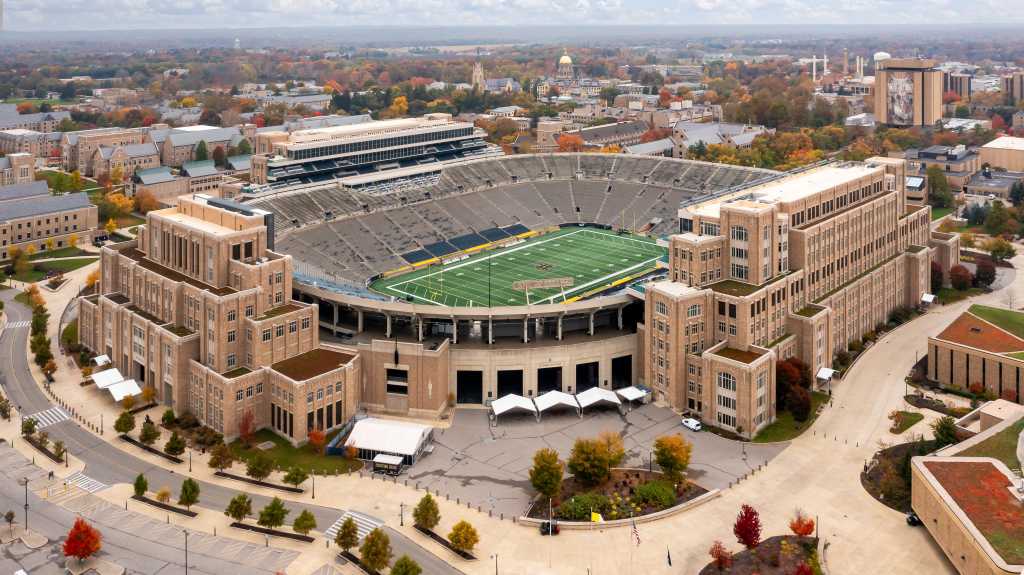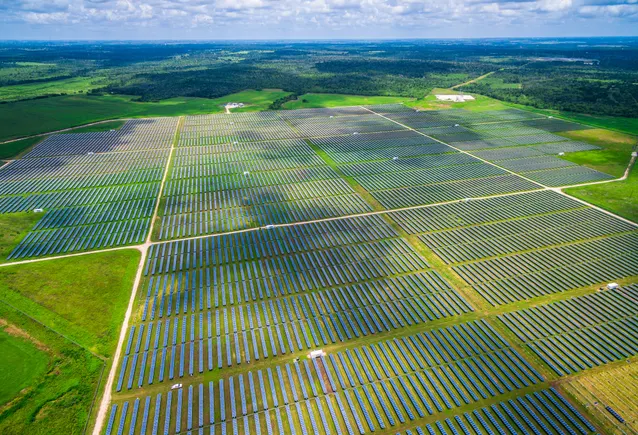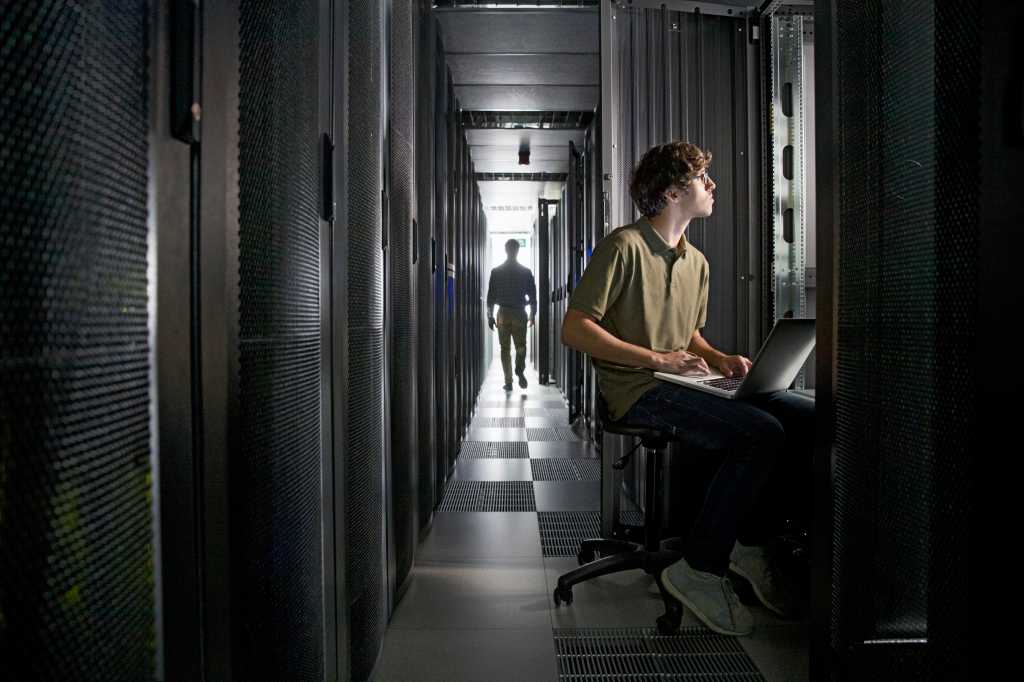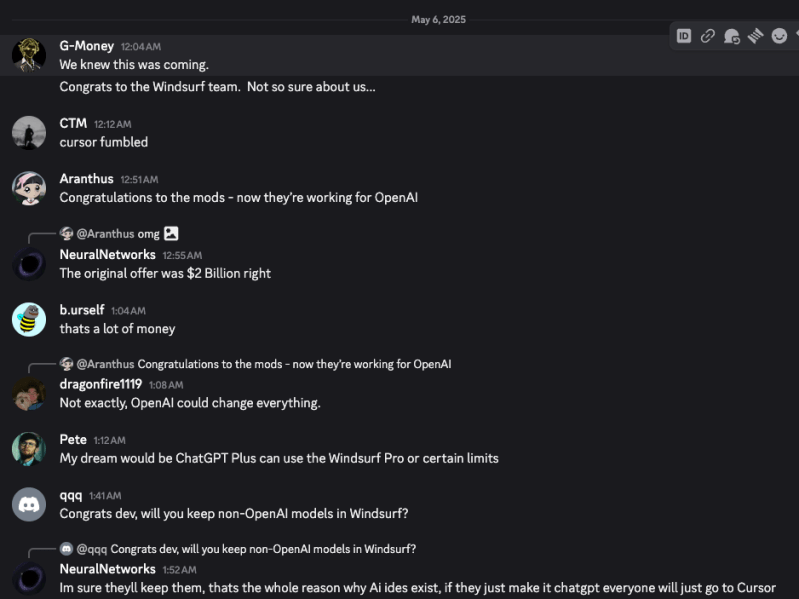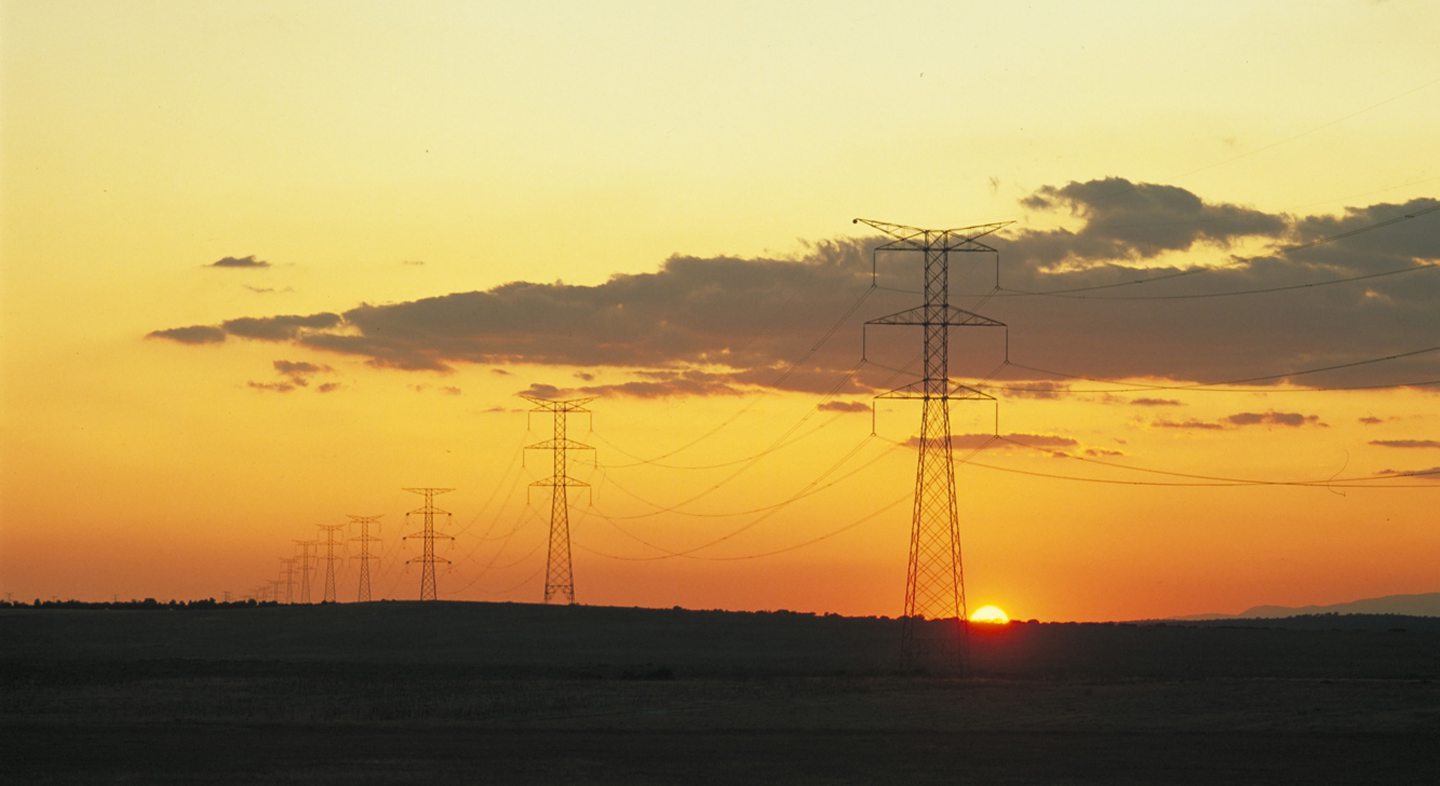
Just over a week ago, Spain’s electricity grid faltered. Portugal quickly followed. In the media, speculation swirled: Was it a cyber attack? Sabotage? Hackers?
No. Investigations continue, yet the truth looks simpler and far more worrying: this was a failure of energy planning.
The power outage that took down two national grids wasn’t caused by some hostile force – it was caused by a sudden drop in renewable energy output and a failure to back it up with sufficient storage. This wasn’t a freak event. It was entirely foreseeable. And unless Scotland, and the wider UK, get serious about balancing its own energy system, we’re next.
I’ve spent over 30 years in the roofing and renewable energy sector, and I’ve never seen a more urgent need for honest, practical thinking about our energy future. We’re electrifying more of our economy – transport, homes, industry. But we’re not updating our energy infrastructure with the same urgency or realism.
The fundamental truth is this: renewables are intermittent, and we ignore that at our peril. When the sun disappears behind the clouds, solar output drops in seconds. When the wind dies down – as it often does during periods of high pressure – turbines stop turning.
In Spain, this happened in real time, and without a balanced backup in place, the system couldn’t cope. The frequency of the grid dipped below its 50 Hz threshold, and everything dropped or stopped.
This concept – grid frequency and system “balance” – may sound technical, but it’s absolutely central to keeping the lights on. It’s not enough to simply generate clean electricity. We must balance the generating technologies we deploy, and we need to balance generation with storage. Without this, the more we depend on renewables, the more fragile our system becomes.
Pumped hydro
In Scotland, we’re at a crossroads. We’re rich in wind and increasingly rich in solar. But our national approach lacks depth. We’ve been piling investment into wind power without complementing it with enough solar or sufficient storage. It’s like baking a cake and forgetting the eggs – you’re not going to like the result.
Thankfully, the solutions already exist. Battery storage, for one, is fast and flexible, and it can be deployed for homes and industry to make energy more affordable, and at grid scale. It’s a critical piece of the puzzle. But for truly seasonal storage – the ability to save vast amounts of power from windy or sunny days and release it during darker, calmer periods – pumped hydro is unmatched.
Scotland is uniquely placed here. Of the 11 pumped hydro projects in development across the UK, nine are in Scotland. Sites like Cruachan and Loch Ness could become the backbone of our energy resilience – storing clean energy when there’s too much and releasing it when we need it most.
But let’s be clear: none of these projects are under construction. They’re stuck in planning, in policy review, in bureaucratic inertia. And all the while, our national base load is shrinking – coal gone, nuclear retiring, gas under pressure. Without new thinking and faster action, we are literally risking blackout.
We’ve already had some close calls. In 2022, during a 34°C heatwave in southern UK, demand surged, wind speed dropped, and we came within a whisker of a system failure. The UK had to import electricity at almost £10 per kilowatt hour to keep the grid running. That’s not a strategy.
Spain’s blackout wasn’t a cyber-attack. It was a preview. And if we don’t get our energy mix right – with proper storage, grid investment and a smart balance between wind and solar – we’ll be next on the front pages.
Scotland has the tools, the geography and the engineering know-how. What we need now is political will, joined-up thinking and a proper recipe for energy security in a renewable future.
This isn’t simply about keeping the lights on. It’s about building a nation that’s ready for the future – and resilient enough to power through it.



